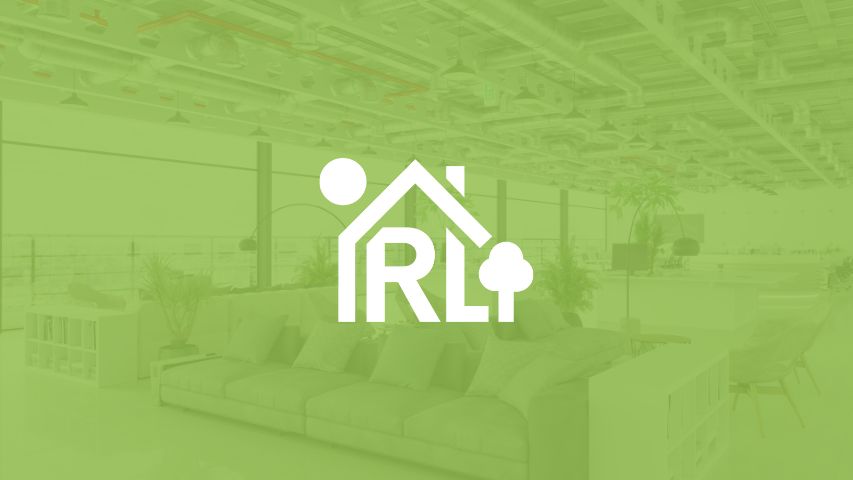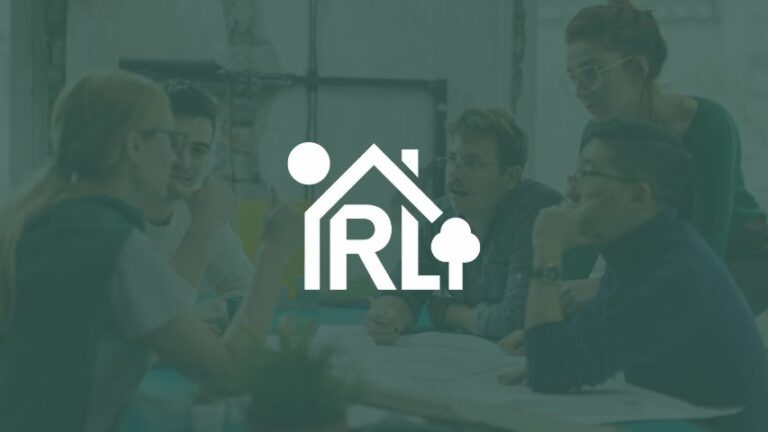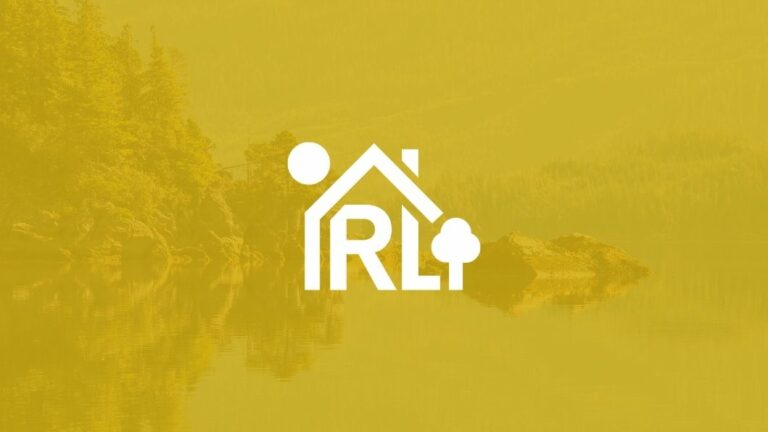
Co-living has rapidly emerged as one of the most dynamic housing models in the global market—especially in urban areas where affordability, flexibility, and community connection are key. But what does the future of co-living look like over the next five to ten years? A recent panel discussion hosted by ULN editor George Sell, in partnership with ARL and Coliving Ventures, explored this question through the lens of industry experts.
At ResponsibleLiving Communities, we see co-living as a critical part of the affordable housing conversation in the Sea to Sky and Squamish real estate markets. This article summarizes key takeaways from the discussion while grounding them in our own community-focused experience.
Expanding Demographics: Co-Living Beyond the Young Professional
Historically, co-living catered to students and young professionals. Today, it’s evolving into a multi-generational solution that meets the needs of remote workers, families, older adults, and rural residents. This broadened appeal presents new design and operational opportunities for ResponsibleLiving Communities to serve a more diverse population across Squamish and beyond.
The shift also reflects broader lifestyle changes—particularly post-pandemic—where flexible, community-driven living has become more valued.
Central Urban Growth and Investor Interest
Co-living developments are increasingly concentrated in central city locations, attracting both private equity and institutional investors who recognize the model’s potential for long-term, stable returns. As the sector matures, we expect capital sources to diversify further, making it easier to scale responsibly.
At ResponsibleLiving Communities, we believe co-living represents a unique blend of social impact and viable investment in regions like Squamish real estate, where demand continues to outpace supply.
Intergenerational and Family-Oriented Co-Living
The growing interest in intergenerational co-living brings people of different life stages under one roof. These models promote mutual support, reduce social isolation, and enhance community resilience.
This aligns with RLC’s values: designing homes that go beyond just housing to foster relationships between people of different ages and backgrounds—including seniors, young adults, and families.
Wellness and Lifestyle Integration
The next generation of co-living spaces will be wellness-centric. From fitness studios and cold plunge pools to mindfulness rooms and creative labs, co-living is increasingly becoming a platform for curated, intentional lifestyles.
ResponsibleLiving Communities integrates wellness and sustainability into every project—from communal garden plots to thoughtful shared amenities—reflecting our belief that housing should support holistic wellbeing.
Navigating Market Oversaturation and Quality Control
As the co-living market grows, quality assurance becomes vital. Without high standards in design, operations, and management, the sector risks producing inconsistent or even exploitative living conditions.
To ensure co-living remains a legitimate and valuable part of the housing solution, the focus must remain on:
- High-quality, intentional design
- Professional property management
- Community-centered governance
At RLC, our small-scale approach (6–7 suites per home) allows for tighter quality control and deeper community integration—factors essential to long-term success.
Addressing the Housing Crisis Through Co-Living
Co-living isn’t just a lifestyle trend; it’s a viable solution to the affordable housing crisis. By offering shared, purpose-built housing, co-living can increase density in existing neighbourhoods, reduce per-capita costs, and enable residents to access housing that’s both affordable and dignified.
In Squamish and the broader Sea to Sky corridor, co-living plays a vital role in offering more secure housing to those priced out of traditional markets.
The Road Ahead: Co-Living as a Scalable, Sustainable Model
The future of co-living is expansive and full of opportunity:
- Serving broader demographics
- Attracting long-term, values-aligned capital
- Aligning with health and lifestyle trends
- Easing pressure on overstretched housing systems
For ResponsibleLiving Communities, co-living is more than just a housing product—it’s a community-building platform designed for long-term affordability and resilience.



